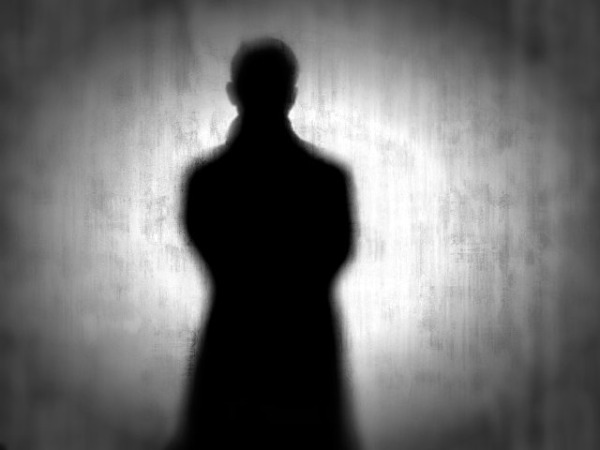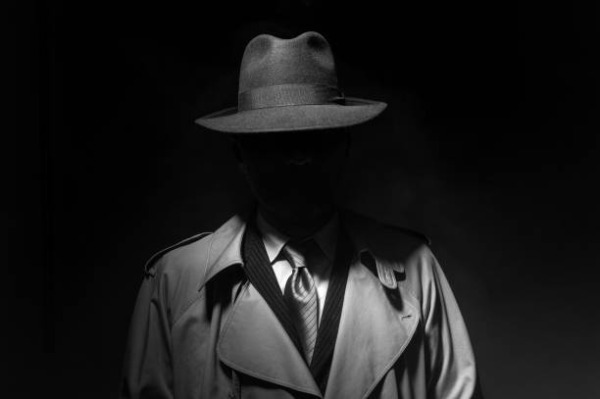
Chess on the Battlefield of Secret Services: From Bletchley Park to the Cold War
21.03.2024 05:44 | HistoryFrom breaking the ciphers of Nazi Germany at Bletchley Park to espionage games of the Cold War, chessboards served as battlegrounds for secret services.
This article reveals how the art of chess and the brilliance of cryptography together shaped the history of modern espionage, showing the deep connections between chess, coding, and spying that influenced key moments of the 20th century.
In August 1939, the British Government Code and Cypher School (GSSC) relocated to Bletchley Park (B.P.) in Buckinghamshire, becoming known as the Golf Club and Chess Society. The site was chosen for its location midway between Cambridge and Oxford, the primary sources of cryptoanalytic trainees. Directed by Commander Alastair Denniston, who anticipated war with Germany, the team's mission was to decode German ENIGMA messages, leading to the creation of the world’s first electronic computer, a secret until the 1970s. Denniston's recruitment of chess players and mathematicians, including Sir Philip Stuart Milner-Berry, Hugh Alexander, and Harry Golombek, underscored the belief in the aptitude of chess players for cryptanalysis.

Jack Good, a mathematical genius and Cambridgeshire chess champion, worked alongside Alan Turing on deciphering German naval codes and on the development of the first computer controlled by an internally stored program. The team's efforts extended beyond Bletchley Park, influencing code-breaking and espionage activities worldwide. During WWII, chess players like Reuben Fine in the United States and Ake Lundqvist in Sweden contributed their strategic minds to the war effort, while post-war, the use of chess in espionage continued, with coded messages hidden in chess moves during the Cold War.
The intertwining of chess and spying culminated in various incidents through the decades, including accusations against the CIA of bugging Boris Spassky’s chair in the 1972 World Chess Championship, the defection of Grandmaster Lev Alburt from the USSR, and revelations of KGB’s involvement in the world of chess. The narrative of chess players as key figures in code-breaking and espionage highlights a unique facet of historical warfare and intelligence.

Summary:
The story of chess, code-breaking, and espionage is a testament to how a seemingly innocent game can become a pivotal tool in the arena of international espionage. From secret operations in Bletchley Park to chess matches masking espionage messages during the Cold War, chess masters and cryptanalysts became invaluable players in a game full of intrigue and secrets. This chapter of history shows how intellectual games and scientific disciplines transcend their traditional boundaries and impact significant events of our times. Their stories remind us that in a world where information is the ultimate weapon, every move on the chessboard can be decisive.

